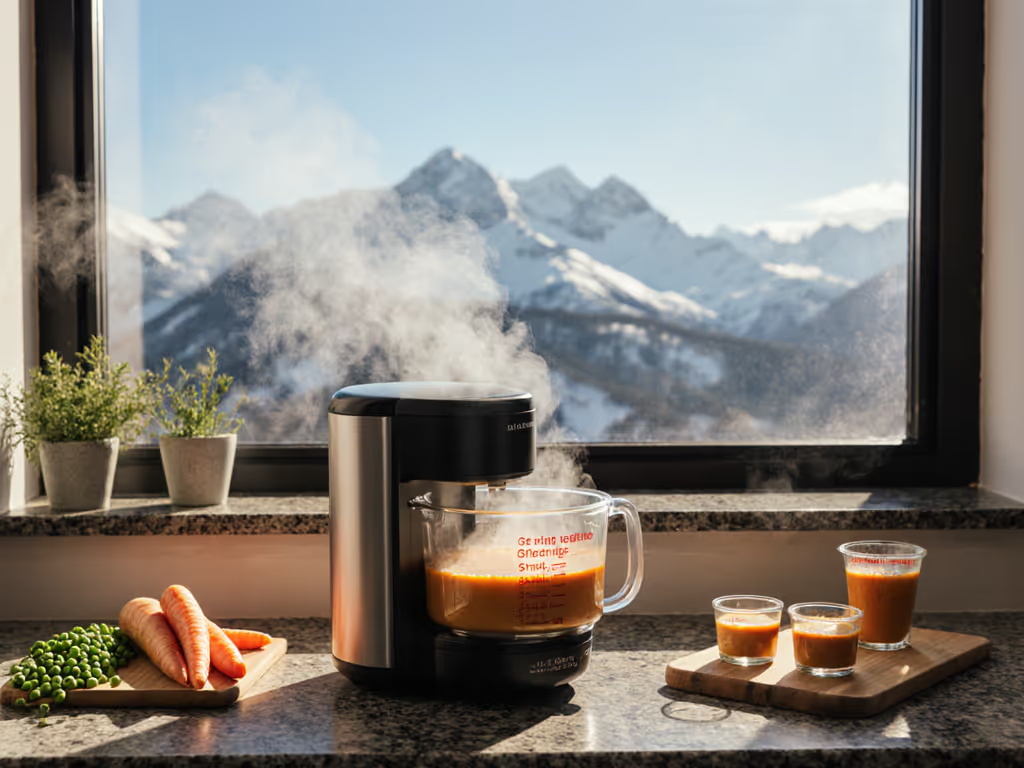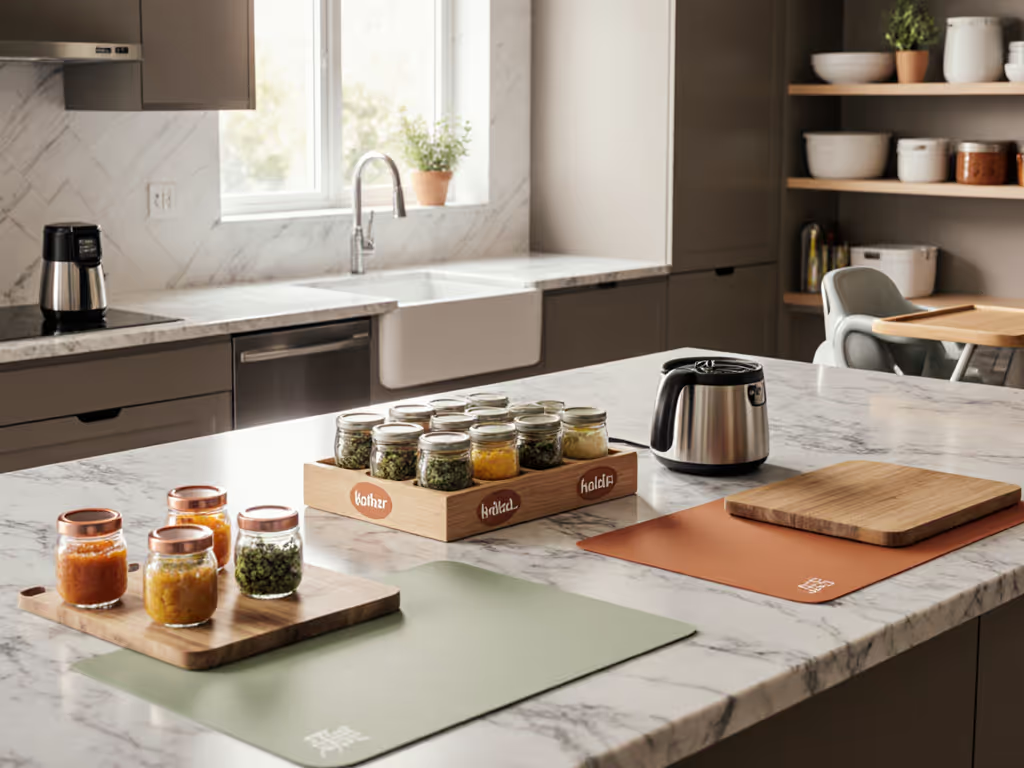
Seasonal Baby Food Recipes: Your Year-Round Prep Guide
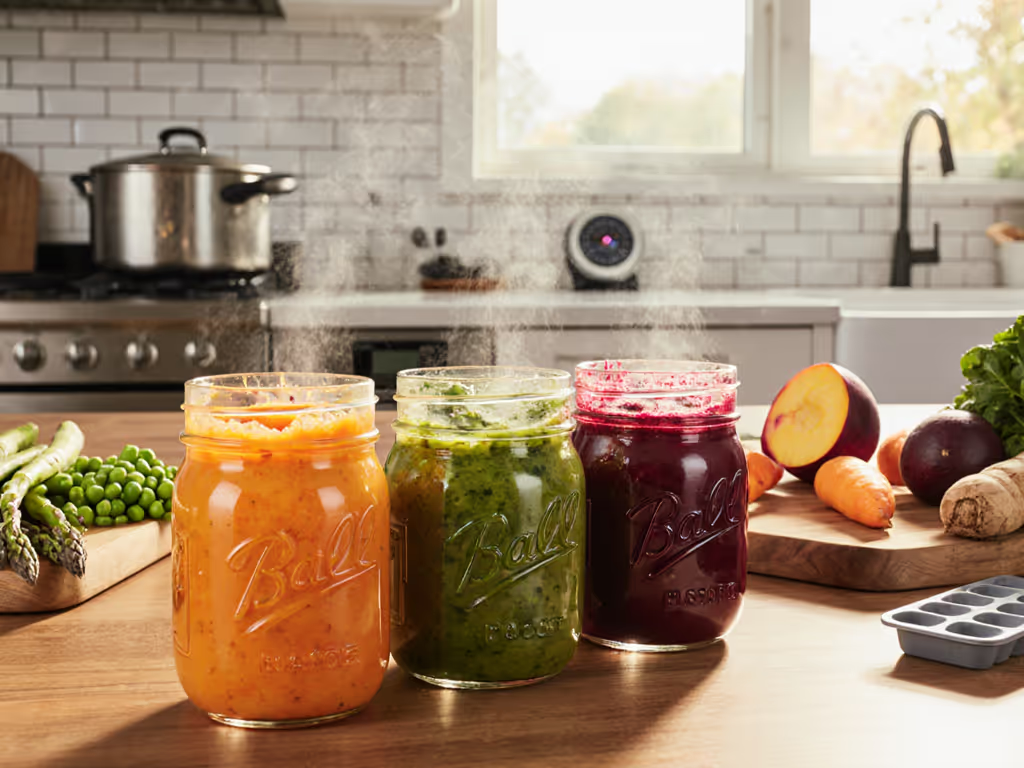
Knowing what touches your baby's food is where safety begins. That's why seasonal baby food recipes aren't just about freshness; they're your most reliable year-round baby food guide for reducing hidden risks. When produce is harvested at its peak, you need fewer ingredients, simpler prep, and less storage time. Fewer steps mean fewer chances for cross-contamination, unclear labeling, or materials that degrade under heat. I've cross-referenced USDA seasonal charts with FDA food-contact advisories because safety isn't just what you feed; it's how you handle it from farm to spoon. Trust but verify labels, especially when 'organic' doesn't guarantee cleanable equipment or inert storage materials.
Why Seasonal Timing Equals Safer Feeding
Seasonal eating minimizes your exposure points: fewer preservatives, less packaging, and simpler supply chains. But for time-pressed caregivers, the real win is operational safety. Off-season produce often requires longer storage, increasing mold risk in crevices of containers or on seals. A 2024 Journal of Food Protection study confirmed that produce stored beyond peak season had 3x more surface contaminants requiring rigorous washing, a hazard when juggling baby and prep. By aligning with nature's cycles, you cut steps where allergens or residues might hide.
The Seasonal Safety Framework
Apply this risk hierarchy to every recipe:
- Contamination risk: Prioritize single-ingredient purees early on (e.g., winter squash) to isolate reactions
- Material risk: Always steam in stainless steel (not plastic) containers. Heat accelerates chemical migration
- Cleanup risk: Avoid recipes needing multiple bowls. One-pot steaming = fewer gaskets trapping residues
Safety is clarity: know what touches the food, how it heats, and how it cleans.
Seasonal Prep: FAQ Deep Dive
Q: How do I batch-cook winter vegetable purees for babies without overwhelming my small kitchen?
Winter root vegetables (sweet potatoes, carrots, beets) are nutritional powerhouses but require smart prep. Winter vegetable purees for babies shine here because they're forgiving when over-steamed (critical when you're one-handed with a baby). Use this protocol:
- Prep: Chop veggies into uniform 1-inch cubes (ensures even cooking; reduces blender strain)
- Steam: In a single stainless steel basket (no plastic inserts). Add cinnamon after cooking to avoid metallic reactions
- Store: Freeze in silicone trays (not plastic). They release cubes faster, reducing defrost time near warm appliances
Pro tip: After my friend's baby reacted to dishwasher detergent residue (not the food!), I now swab all seals after cycles. Silicone trays dry in 10 minutes on racks versus 2+ hours for plastic trays (critical for mold prevention).
Q: What spring baby food ideas actually work during nap time?
Spring baby food ideas like pea-zucchini or asparagus-potato leverage produce so tender, you need minimal blending, quieter than crushing frozen berries. Here's the friction-free method:
- Steam peas/zucchini in 4 minutes (less time = less chance of waking baby)
- Blend with cooking water (retains nutrients; avoids extra container)
- Skip added herbs until 8+ months (reduces hidden allergen risks)
Track texture: Stage 1 should coat a spoon but drip slowly. If it's too thick, add water (not breast milk/formula mid-prep) to avoid spoilage.
Q: Are organic seasonal produce for infants worth the cost?
'Organic' matters less than how you clean it. EWG's 2025 Shopper's Guide shows strawberries and spinach as top pesticide carriers, but washing matters more than certification. Use this 3-step system:
- Rinse under cold running water for 30 seconds (effective for 98% of residues, per FDA)
- Scrub hard skins (like winter squash) with a dedicated vegetable brush
- Dry thoroughly. Damp produce breeds mold in containers
For soft fruits (peaches, pears), skip scrubbing, just rinse and dry. Never use soap; residues trap in porous skins. This is especially crucial for organic seasonal produce for infants where 'natural' doesn't mean residue-free.
Q: How do I safely preserve seasonal baby food for busy days?
Preserving seasonal baby food safely hinges on material choice and drying:
- Freeze: Only in BPA-free and phthalate-free containers (check resin codes #5 polypropylene). Glass jars risk thermal shock
- Thaw: Overnight in the fridge (never on counters where bacteria multiplies in crevices)
- Discard: Any puree left >24 hours after thawing (allergens aren't always visible) For more on safe portioning and freezer organization, see our baby food storage guide.
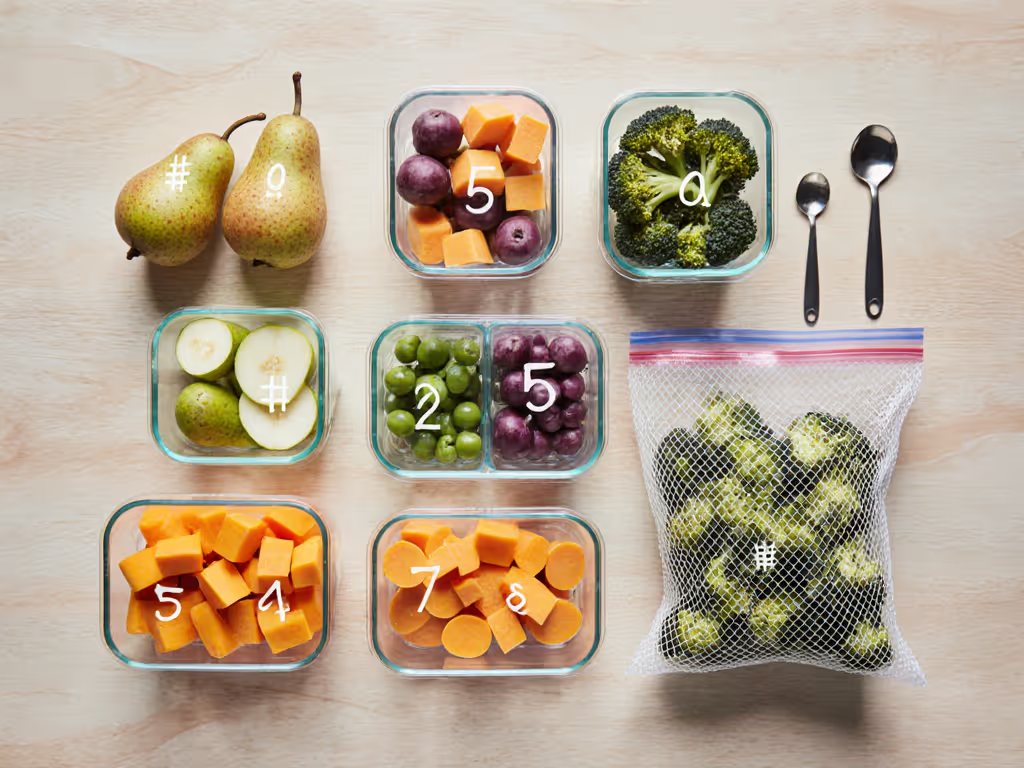
Critical: Sterilize lids/seals weekly. I learned this after swab tests showed detergent residue in 'dishwasher-safe' gaskets (exactly what triggered my friend's baby's reaction). Boil rubber parts for 5 minutes.
Your Seasonal Safety Checklist
Apply this before any recipe:
- ✅ Container check: Stainless steel or verified #5 plastic for steaming. Never reuse pouches.
- ✅ Steam protocol: Water level below food basket (avoids hot water contact with food)
- ✅ Texture test: Run puree between fingers, zero grit means safe for stage 1
- ✅ Dry time audit: All parts must air-dry in ≤20 minutes (no towel wiping (lint = allergen risk))
Summer berries and fall squashes follow the same rules. Mango-papaya needs acid (lemon juice) added after cooking to avoid blade corrosion in blenders. Beet-lentil patties require extra drying time, so check seams with a toothpick for trapped moisture.
Closing Thought: Safety Grows With Seasonal Rhythms
A year-round baby food guide built on seasonal cycles isn't romantic; it's risk management. When you sync prep with nature's calendar, you naturally reduce storage time, simplify cleanup, and minimize exposure to hidden hazards in materials or processes. I've designed feeding protocols for NICU-to-home transitions because safety isn't about perfection, it's about clear, repeatable steps that work when you're exhausted. Start small: pick one seasonal recipe this week, apply the container/dry-time checks, and track how it cuts your mental load. For deeper dives into material safety thresholds or seasonal allergen patterns, explore the FDA's seasonal produce safety briefs. They break down testing protocols in plain English, not marketing speak. Your calm, competent caregiver identity starts with knowing exactly what touched that spoon.
Related Articles

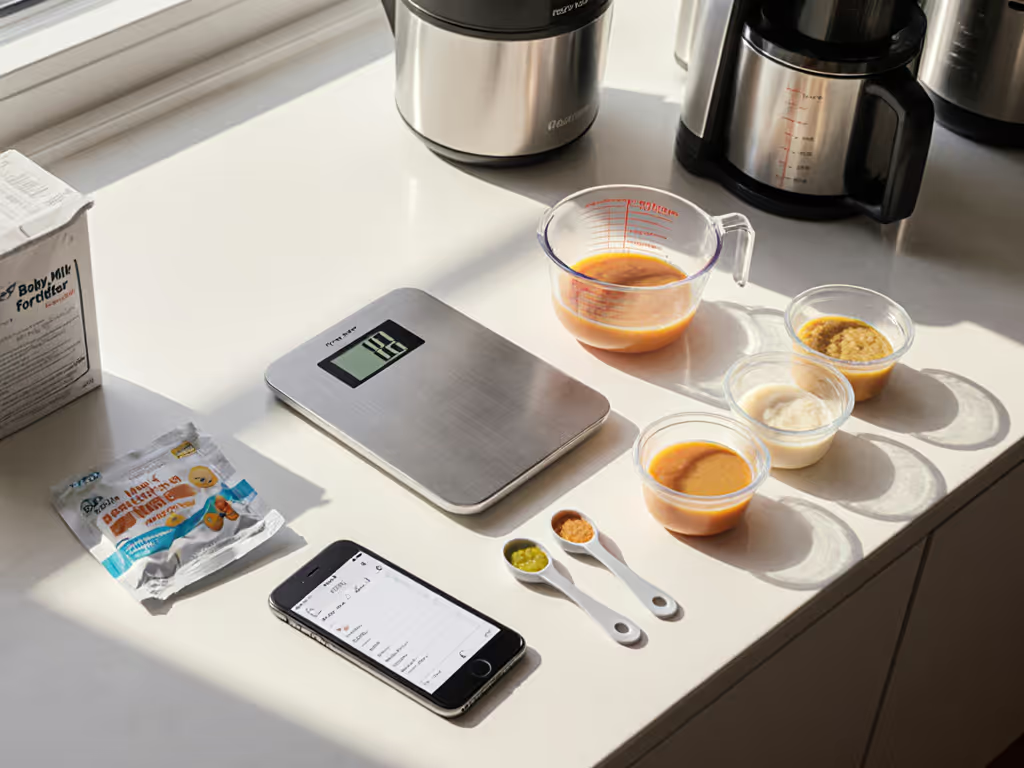
Preemie Baby Food: Medical-Grade Texture Preparation
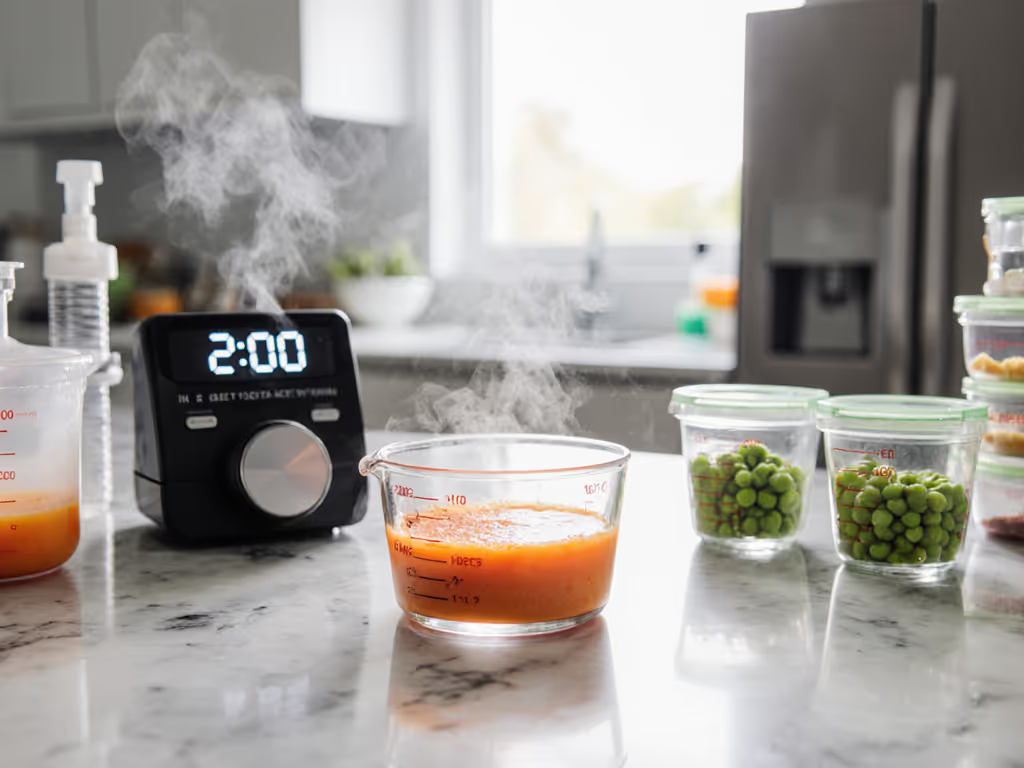
Lab-Tested Baby Food Safety: Bacteria Growth Study
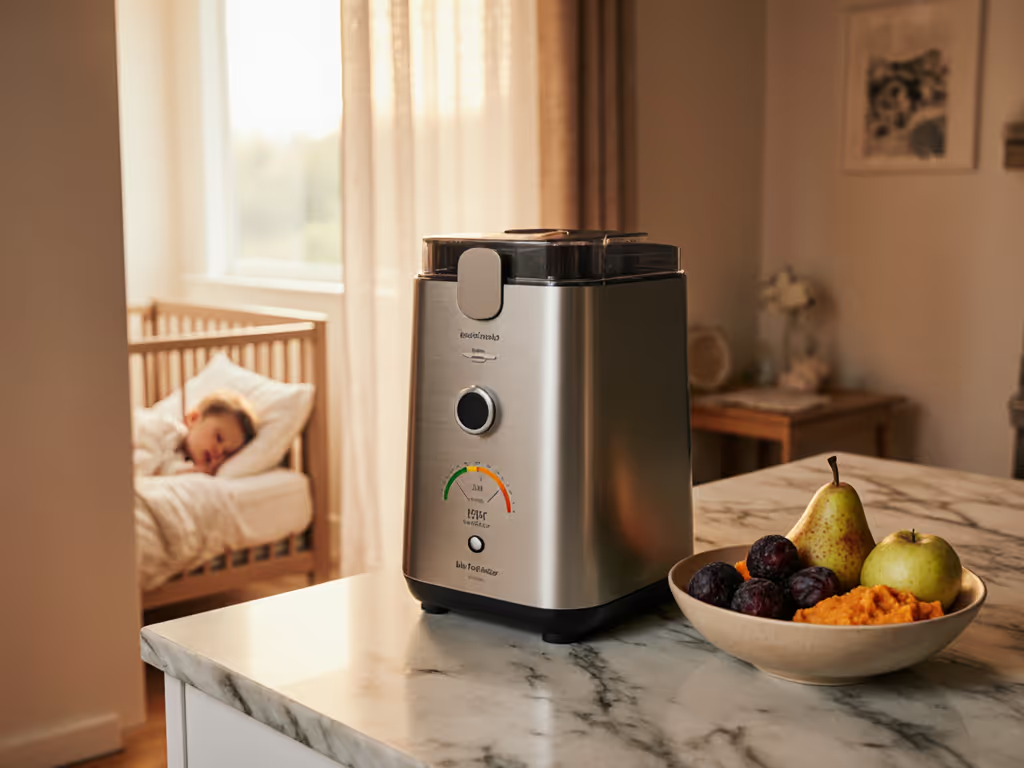
Quiet Baby Food Makers: Constipation Relief Guide
